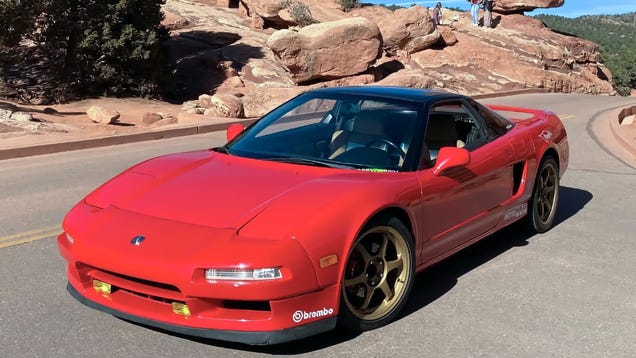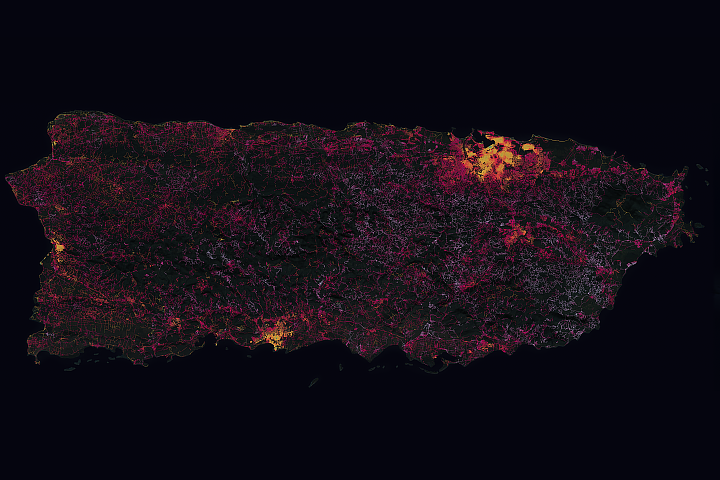The population of Earth reached seven billion in the year 2025. By the year 2050, it had been reduced to four billion. Civilization didn’t teeter on the brink of Armageddon because of a killer asteroid, unfriendly aliens, zombies, or nuclear holocaust. A virulent new strain of Encephalitis killed three billion people.
China and India accounted for nearly half of the deaths. The mosquito-borne plague proliferated throughout Asia then spread as far west as Africa and Southern Europe. Panic gripped the rest of the world when the virus found its way into the US blood supply. Agriculture and manufacturing suffered catastrophic blows as unaffected countries took drastic measures to keep the virus at bay. The global community reverted to a world of isolated city-states. Rice became a luxury item as paddies throughout Asia were doused with insecticides and drained. Oil prices skyrocketed, and the world entered a deep depression.
The scientific community rallied under the banner of ‘Single Point of Failure’, and they found most people ready to listen. The Global Academic Conference of 2044, attended via teleconference by academicians from around the world, established a plan of action to begin the colonization of Mars. Man’s long delayed journey to the stars was finally a go.
It started with a trip to the moon, not by men, but by two little robots with a glorified solar powered oven, a solar powered cement mixer, and ten tons of rebar. The selection of the site had come down to a natural cavern in Oceanus Procellarum or an area at the north pole with abundant (for the moon) subterranean ice. In the battle between convenience and necessity, water won out. So on January 18th, 2060, the International Moon base Destiny was established at the north pole of the moon.
The robots landed safely within two hundred meters of their target in a module the size of a shipping container that resembled a slipstream trailer with an airlock at each end. JPL engineers on Earth ‘drove’ the module into position, and the robots went to work. They spent their first two days on the moon setting up a solar array and unpacking their landing module, and then they started to dig. After nearly a year of digging, mixing, and pouring, interrupted every twenty hours for a four hour recharge, those two little robots had almost finished building a reinforced concrete dome the size of a large house around themselves with only a tower of solar panels and one end of their module on the outside.
In late 2060, a second pair of robots landed nearby, docked their module to the original Destiny module, and began their task of building a smaller tinted glass dome onto the side of the first. Two months later a third module containing compressed carbon dioxide landed and was incorporated into the wall of the second dome. When the first domes were finished, the robots began building slightly smaller identical concrete and glass domes inside them. When they had finished building what looked like a big, fancy igloo, all of the robots received new tasks. For one, it was essentially the same task. Collect water. Two of them collected water ice, one built living quarters and laboratories, and the fourth built a hydroponics system. The CO2 was slowly released into the greenhouse, and a garden began to grow on the moon.





No comments:
Post a Comment